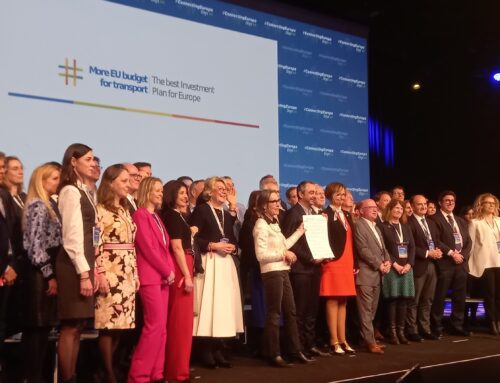On February 23, UN Member States have adopted the Strategy on Reducing Greenhouse Gas Emissions from Inland Transport, decision reached by the Inland Transport Committee (ITC).
The strategy underscores a collective commitment to mitigating the environmental impact of transportation activities. While inland navigation stands out as one of the most sustainable means of transport, the pressing need for transformative action within the broader inland transport sector remains evident.
Central to the strategy’s objectives is the promotion of decarbonization policies, energy efficiency, and the accelerated adoption of zero-emission transportation methods, alongside encouraging research into carbon-neutral technologies such as hydrogen.
Of particular relevance to inland navigation, the strategy emphasizes the importance of modal shift and the establishment of country-specific targets to transition passengers and freight from road to rail and inland waterways. It also advocates for multimodal mobility and corresponding infrastructure development to optimize the use of sustainable transportation modes.
By transitioning to low- and zero-carbon sustainable modes of operation, the transport sector can maximize the utilization of existing low-carbon modes and operations. This entails prioritizing intermodal or multimodal transport for both freight and passengers at various levels – international, national, regional, or local.
The strategy’s implementation will be guided by a Climate Action Plan, subject to periodic assessments to ensure adaptability to evolving challenges and opportunities. Existing legal frameworks, such as agreements on international railway lines and inland waterways, provide a foundation for critical modal transitions aimed at reducing reliance on road transportation.
You can find the complete Strategy document on the UNECE website.







